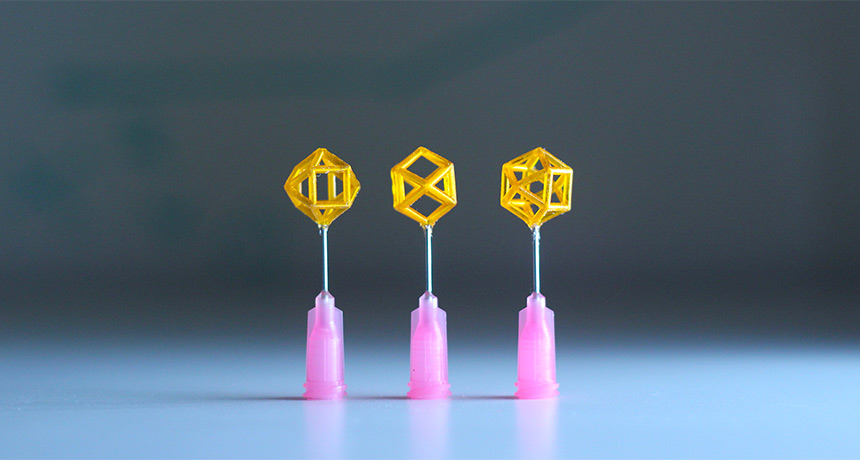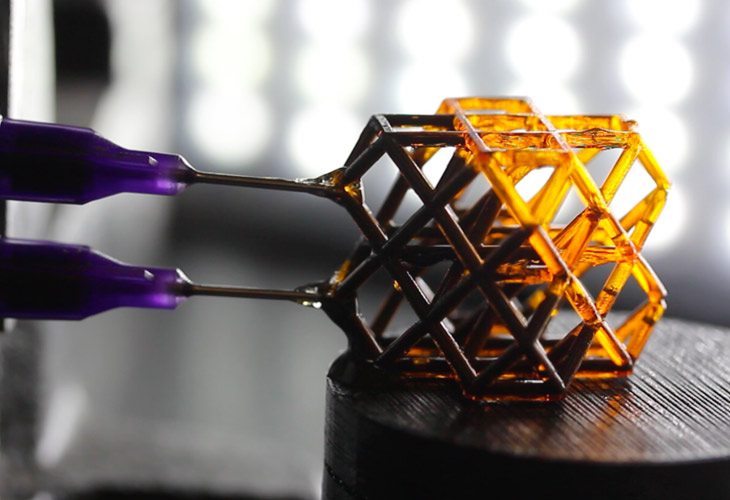Magnets make a new soft metamaterial stiffen up in a flash
The material could be used to make adaptive robots and body armor

MAGNETICALLY MALLEABLE A new magnetically tunable metamaterial contains many “unit cells” (like these pictured above) composed of plastic tubes filled with tiny bits of iron and oil.
J.A. Jackson








